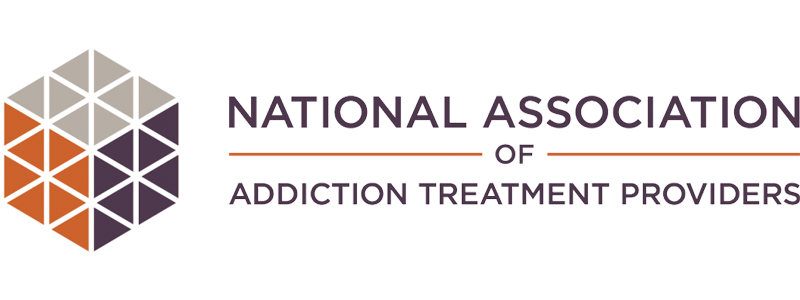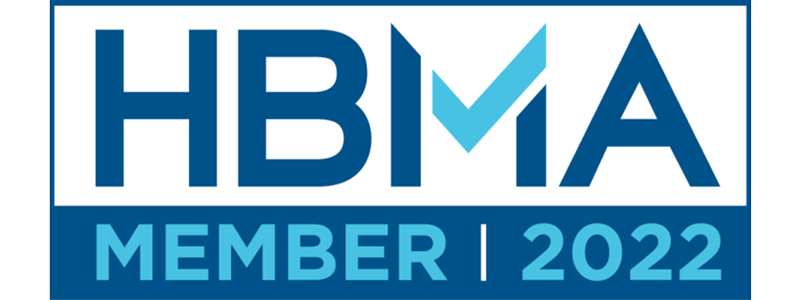Increase your odds of winning at the payer’s table by using Integrity Billing’s premiere
Revenue Cycle Management services. Expect more from Integrity Billing
You shouldn’t feel like you’re gambling when submitting your behavioral health claims. Unfortunately, that is exactly what it can feel like when trying to obtain payments for services rendered in the behavioral health billing industry. Much like playing roulette, the insurance companies like to play a game of odds, hoping that you will give up on denied claims, even when a service should be covered. It seems that the odds are always tipped in the payer’s favor. There is a saying in the world of gambling: “The house always wins.” While that is true in gambling it does not necessarily mean that this needs to be the case in the for your treatment center billing.
How can you change the odds and increase your chances of getting a claim paid? Below are some useful tips that will help increase your odds of winning in the substance abuse revenue cycle management (Behavioral health or SUD / MH) process:
- Always Verify Eligibility/Authorization – Failure to verify a patient’s benefits can cause you to lose A LOT of revenue. The revenue cycle management process should always begin with a verification of benefits to investigate whether the services you are providing are covered and if authorization is required prior to rendering the service. Remember to collect patient balances (deductible/out of pocket) prior to providing services.
- Avoid Billing Errors – One of the best ways to avoid a denial altogether is to ensure that the original claim is submitted correctly. Safeguard your claims by thoroughly reviewing the claim before you submit it. You should always check that the correct claim form is filled out completely, the code matches the service provided, that utilization review has been completed, and that the dates billed match the authorization on file (if needed). The biller should also review any “special” stipulations that a payer might have when submitting claims. You should always submit and bill all claims, electronically when applicable.
- Documentation is Key – Always be thorough in your documentation. Getting a denial from an insurance company is never ideal, however, having proper documentation can increase your odds of having the appeal overturned. Insurance companies are always looking for reasons to say no. If a claim is denied, proper documentation provides tangible evidence for the service you are providing and the amount that you are billing for that service. A well-documented claim should paint a picture of the service rendered and answer any questions the insurance company might have. Remember, if it is not documented in the patient file “it does not exist.”
- Follow Up/Be Aggressive on All Claims – Denial management, when done correctly, should resolve most of your denials. Claim denials should be followed up in a timely manner and all denials should be followed up on. Some denials are easy to manage and can be rectified with a phone call to the payer. Others are not so easy and require research and analysis. For more complicated denials a complete forensic analysis should be completed to determine the root of (remove complete) the denial. This type of analysis will allow you to thoroughly investigate the denial, provide evidence as to why the claim should be paid, and answer the insurance company’s questions. Most insurance companies will do as much as possible to delay payment on a claim. Be aggressive and don’t let them get away with giving you inaccurate information. If you are not happy with the response that you receive escalate the call to a supervisor.
- Monitor Your Days in Accounts Receivable – One of the most useful key performance indicators (KPI) to track claim/denial management is to calculate days in accounts receivable. Days in accounts receivable are the average number of days it takes to collect on payment due to the facility. This can be calculated by:
- First, calculate your average daily charges: Total charges for the past 6 months divided by number of days in the last 6 months.
- Second, divide the total AR divided by average daily charges to obtain average days in account receivable.
Depending on network status (in / out) A high performing billing department should have average days in accounts receivable at less than 45 days, an average performing billing department should have average days in accounts receivable at 46-60 days, and 90 days or more is an indicator of a poorly performing billing department.
Insurance company guidelines are always changing as they look for new ways to delay payments on claims or deny them altogether. Remember, you deserve to get paid for all the services that you provide. Don’t let the insurance companies win. They say that the house always wins, but that doesn’t always have to be the case. Follow some of the easy steps listed above and in the words of Katniss Everdeen: “May the odds be ever in your favor.”











